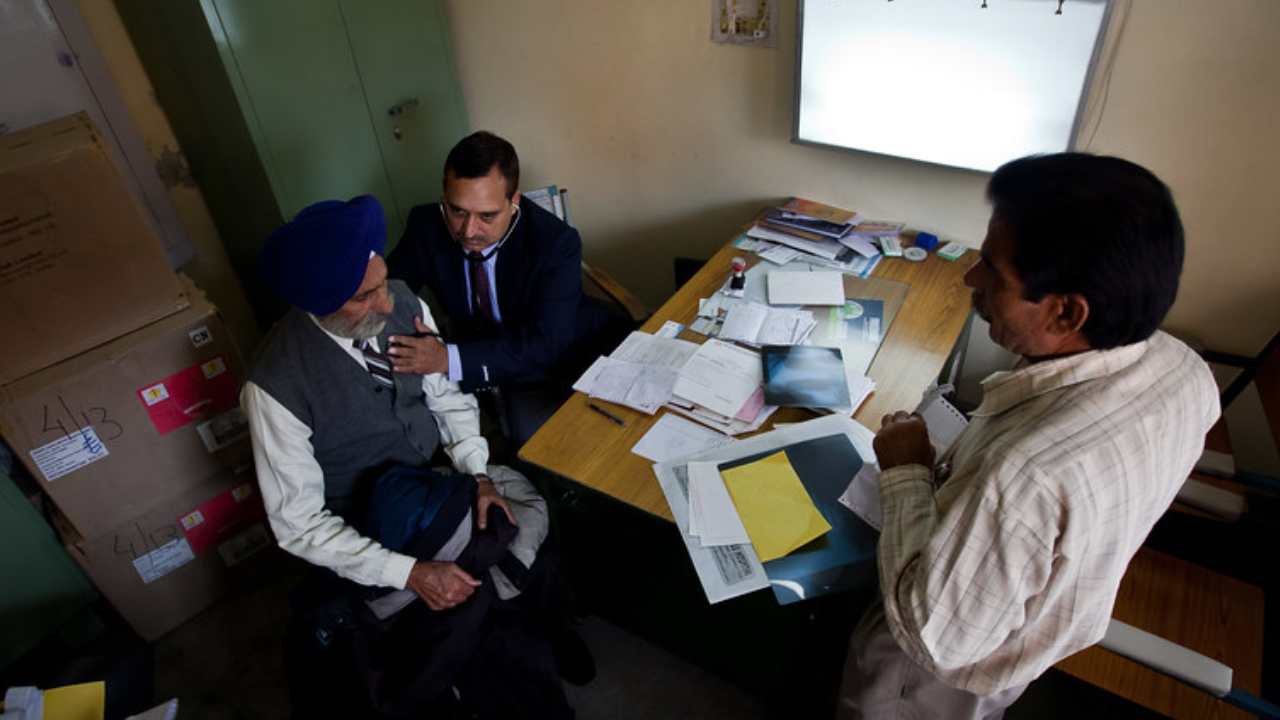In its statement issued on Wednesday, the WHO said that despite TB being preventable and curable, it remains one of the world’s deadliest infectious killers. Each day, it claims more than 4,100 lives, and close to 28,000 people fall ill after becoming infected, even though 66 million lives have been saved since 2000.
The UN health agency pointed out that global spending on TB diagnostics, treatments and prevention in 2020 was less than half the annual global target of $13 billion. For research and development, an extra $1.1 billion per year is needed.
“Urgent investments are needed to develop and expand access to the most innovative services and tools to prevent, detect and treat TB that could save millions of lives each year, narrow inequities and avert huge economic losses,” said WHO Director-General, Tedros Adhanom Ghebreyesus.
The need for global action is more urgent than ever, the WHO said, as the COVID-19 pandemic has reversed years of progress in preventing TB transmission. For the first time in over a decade, tuberculosis deaths increased in 2020.
Conflicts across Eastern Europe, Africa and the Middle East, have made vulnerable populations more susceptible to TB, underscoring the need to ensure that commitments made by global leaders to end TB are met.
Between 2018 and 2020, 20 million people received TB treatment – halfway to the five-year target which ends in 2022. During the same period, 8.7 million people received TB preventive treatment – only 29 per cent of the target of reaching 30 million from 2018 to 2022.
The situation is even worse for children and adolescents with TB, said WHO.
In 2020, an estimated 63 per cent of children and young adolescents with TB were not reached, or not officially reported to have accessed life-saving TB diagnosis and treatment services.
The proportion was even higher (72 per cent) for children under five years, as almost two-thirds of eligible children did not receive TB preventive treatment.


























